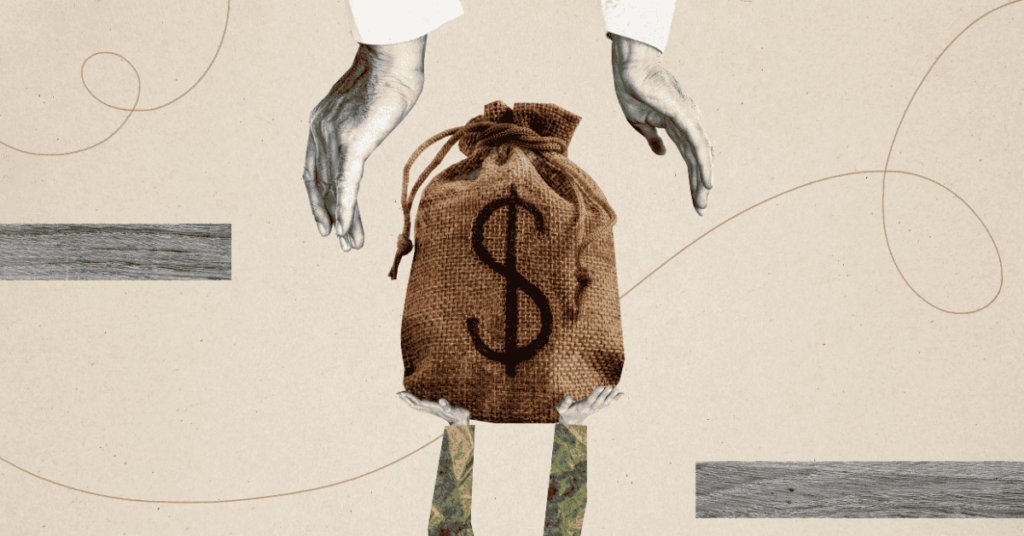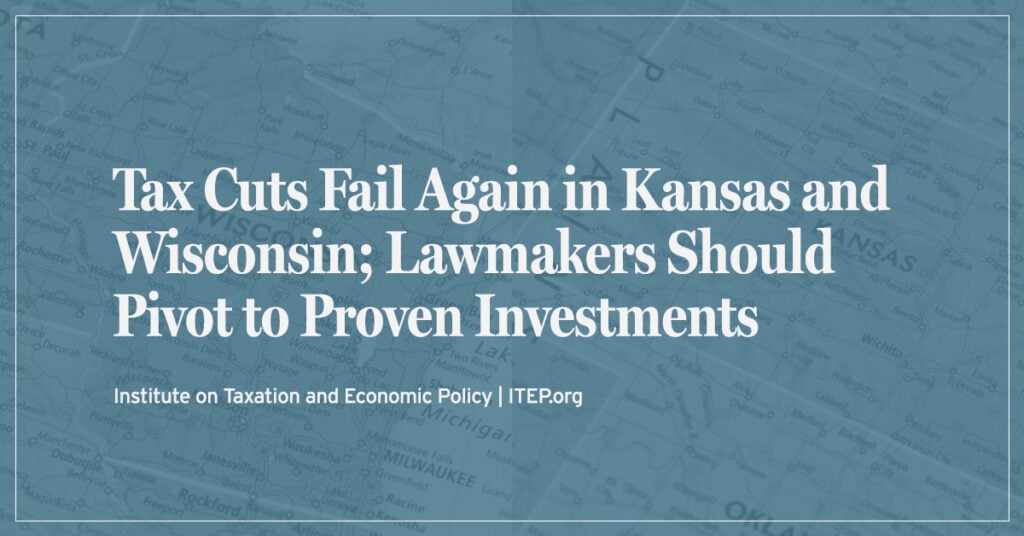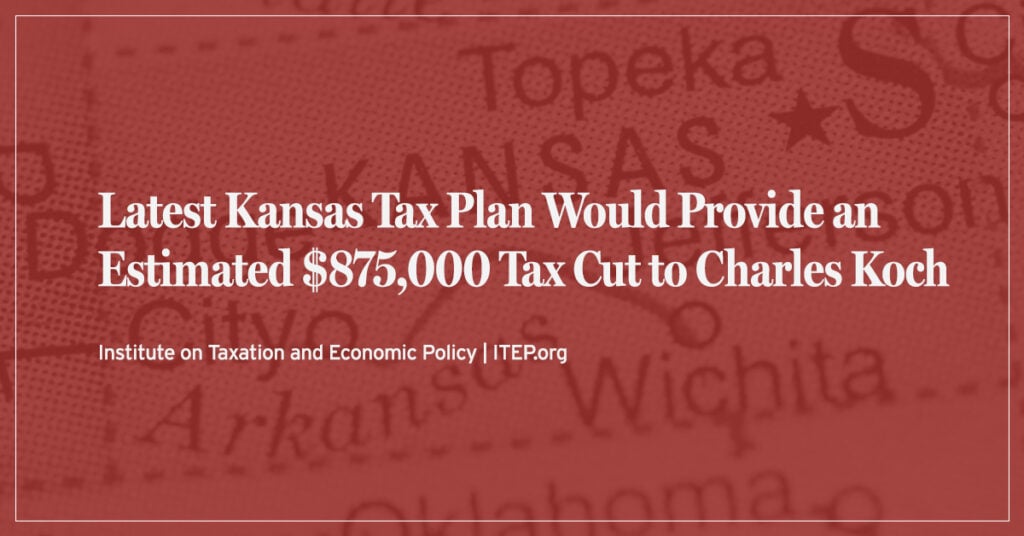(Original Post)
By BRENT D. WISTROM
Eagle Topeka bureau
Published Saturday, June 29, 2013, at 5:18 p.m.
TOPEKA — The state’s portion of the sales tax is about shrink a little.
Today, the state would collect $31.50 in sales tax on a $500 purchase. Starting Monday, it will take 75 cents less because of a 0.15 percent decrease.
Anyone who spent the past few years hanging around Kansas politicians may be quick to note that it could have been significantly less – about $3 less on a $500 purchase.
When lawmakers approved the temporary penny sales tax increase in the wake of the recession in 2010, it came with a pledge to let six-tenths of a cent of that expire this July, with the remainder going toward ongoing highway improvements.
But Gov. Sam Brownback and many of his conservative allies believe so strongly in cutting income tax rates as a way to increase prosperity that they advocated keeping the sales tax – or at least a portion of it – to help steady the state’s budget as income tax revenue declines.
A nasty political battle this year resulted in a compromise. Instead of letting the state’s share of sales tax fall from 6.3 percent to 5.7 percent, as was planned in 2010, they agreed 6.15 percent would be a happy medium. Of course, few lawmakers were really happy with that.
Sen. Carolyn McGinn, R-Sedgwick, said lawmakers broke their promise by keeping some of that tax increase on the books.
“This diminishes the faith in constituents about whether we’ll keep our word,” she said.
House Speaker Ray Merrick, R-Stilwell, said he doesn’t think the average Kansan will notice the change, except on some big-ticket items, such as cars, which Merrick says are taxed too much anyway.
“I think big-ticket items, they might notice it,” he said. “But day to day, probably not. If it would have been the full penny, it might have made a difference.”
A nickel and a dime on a $100 purchase isn’t much.
But Benjamin Franklin taught us the value of a penny over time.
A Kansan in the bottom 20 percent of incomes makes about $12,000 and spends roughly 52 percent of that on taxable goods, according to an analysis by the Institute on Taxation and Economic Policy, which is based in Washington, D.C.
For them, the upcoming change means only $13 a year. If lawmakers had let the rate fall to 5.7 percent, it would have meant that they would pay $50 less per year.
Officials with the Department of Revenue say the institute isn’t factoring in programs and credits the state offers to low-income Kansans. They say low-income Kansans benefit from more than $3.5 billion in safety net programs a year.
Richer families usually spend more on taxable goods, although it’s a lesser percentage of their overall income.
Someone making $48,000 to $60,000, for example, spends about 38 percent of their money on taxable goods – meaning they’ll pay about $36 less a year, although it could have been $145 less if lawmakers had let the six-tenths of a cent increase expire, the Institute on Taxation and Economic Policy’s analysis shows.
The share of income spent on taxable goods drops to about 8 percent for those in the top 1 percent in Kansas who earn more than $439,000 a year.
While sales taxes tend to have more of an impact on the poor than they do the rich, wealthier Kansans pay a lot more overall.
People who make $123,000 are expected to pay about $60 less in sales tax, which could have been $238 less if the rate declined as lawmakers had planned in 2010.
Lawmakers battled over the sales tax all winter.
Conservative Republicans fought fellow conservative Republicans over whether to keep the sales tax, or some portion of it, to afford yet more income tax reductions or to let the sales tax expire as some had promised and cut deeper into government spending to afford income tax reductions.
The 0.15 percent of the sales tax that was retained is projected to generate more than $200 million a year – or $1.12 billion over five years. That’s slightly less than the projected $1.2 billion generated over five years by the income tax rate cuts approved this year.
With the compromise 0.15 percent reduction, politicians question whether people will really feel the difference in sales tax.
Brownback, who sought to continue the entire 6.3 percent sales tax to afford income tax cuts while maintaining flat funding for higher education, shrugged about the difference as he left a finance meeting last week.
“It’s more money back in their pocket,” he said. “So that will help people.”
By BRENT D. WISTROM
Eagle Topeka bureau
Published Saturday, June 29, 2013, at 5:18 p.m.
TOPEKA — The state’s portion of the sales tax is about shrink a little.
Today, the state would collect $31.50 in sales tax on a $500 purchase. Starting Monday, it will take 75 cents less because of a 0.15 percent decrease.
Anyone who spent the past few years hanging around Kansas politicians may be quick to note that it could have been significantly less – about $3 less on a $500 purchase.
When lawmakers approved the temporary penny sales tax increase in the wake of the recession in 2010, it came with a pledge to let six-tenths of a cent of that expire this July, with the remainder going toward ongoing highway improvements.
But Gov. Sam Brownback and many of his conservative allies believe so strongly in cutting income tax rates as a way to increase prosperity that they advocated keeping the sales tax – or at least a portion of it – to help steady the state’s budget as income tax revenue declines.
A nasty political battle this year resulted in a compromise. Instead of letting the state’s share of sales tax fall from 6.3 percent to 5.7 percent, as was planned in 2010, they agreed 6.15 percent would be a happy medium. Of course, few lawmakers were really happy with that.
Sen. Carolyn McGinn, R-Sedgwick, said lawmakers broke their promise by keeping some of that tax increase on the books.
“This diminishes the faith in constituents about whether we’ll keep our word,” she said.
House Speaker Ray Merrick, R-Stilwell, said he doesn’t think the average Kansan will notice the change, except on some big-ticket items, such as cars, which Merrick says are taxed too much anyway.
“I think big-ticket items, they might notice it,” he said. “But day to day, probably not. If it would have been the full penny, it might have made a difference.”
A nickel and a dime on a $100 purchase isn’t much.
But Benjamin Franklin taught us the value of a penny over time.
A Kansan in the bottom 20 percent of incomes makes about $12,000 and spends roughly 52 percent of that on taxable goods, according to an analysis by the Institute on Taxation and Economic Policy, which is based in Washington, D.C.
For them, the upcoming change means only $13 a year. If lawmakers had let the rate fall to 5.7 percent, it would have meant that they would pay $50 less per year.
Officials with the Department of Revenue say the institute isn’t factoring in programs and credits the state offers to low-income Kansans. They say low-income Kansans benefit from more than $3.5 billion in safety net programs a year.
Richer families usually spend more on taxable goods, although it’s a lesser percentage of their overall income.
Someone making $48,000 to $60,000, for example, spends about 38 percent of their money on taxable goods – meaning they’ll pay about $36 less a year, although it could have been $145 less if lawmakers had let the six-tenths of a cent increase expire, the Institute on Taxation and Economic Policy’s analysis shows.
The share of income spent on taxable goods drops to about 8 percent for those in the top 1 percent in Kansas who earn more than $439,000 a year.
While sales taxes tend to have more of an impact on the poor than they do the rich, wealthier Kansans pay a lot more overall.
People who make $123,000 are expected to pay about $60 less in sales tax, which could have been $238 less if the rate declined as lawmakers had planned in 2010.
Lawmakers battled over the sales tax all winter.
Conservative Republicans fought fellow conservative Republicans over whether to keep the sales tax, or some portion of it, to afford yet more income tax reductions or to let the sales tax expire as some had promised and cut deeper into government spending to afford income tax reductions.
The 0.15 percent of the sales tax that was retained is projected to generate more than $200 million a year – or $1.12 billion over five years. That’s slightly less than the projected $1.2 billion generated over five years by the income tax rate cuts approved this year.
With the compromise 0.15 percent reduction, politicians question whether people will really feel the difference in sales tax.
Brownback, who sought to continue the entire 6.3 percent sales tax to afford income tax cuts while maintaining flat funding for higher education, shrugged about the difference as he left a finance meeting last week.
“It’s more money back in their pocket,” he said. “So that will help people.”





